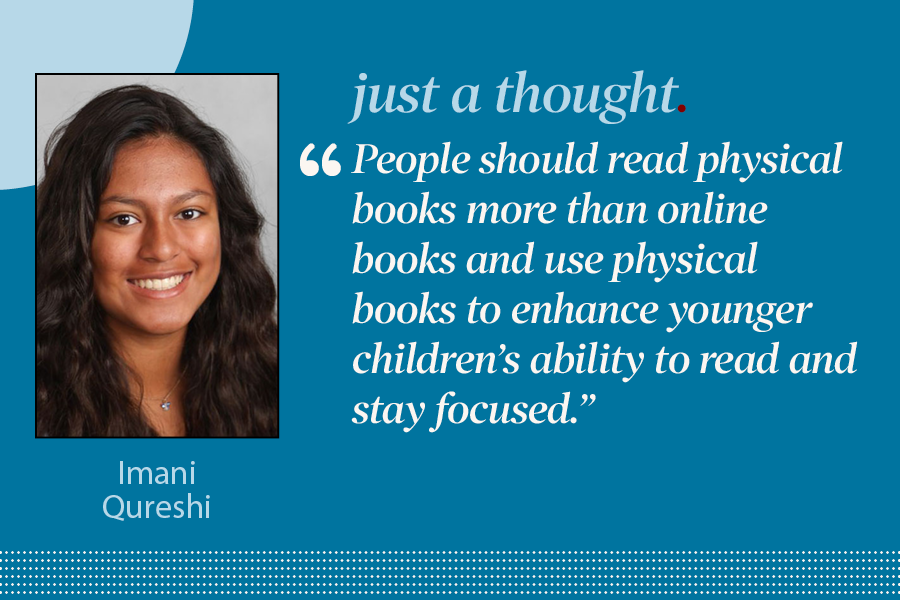Schools should revert to hybrid model, lessen exposure to omicron variant
Midway Staff
Due to the transmissibility of the omicron variant, American schools should consider a hybrid learning model to manage the contagion, writes Health and Wellness Editor Noa Appelbaum.
January 20, 2022
In less than a month since its initial discovery in South Africa, COVID-19’s latest variant, omicron, has replaced Delta as the dominant strain of the virus in the United States, accounting for around ¾ of new cases.
American schools – particularly in places with higher case rates – should reinforce a hybrid learning model similar to last year’s, in which only a handful of students and grades attend school in-person at a time to reduce the spread of omicron.
Although Omicron is thought to be less severe than previous strains, it is spreading at a rapid pace, estimated to be 3-4 times as infectious as delta, echoing the beginning of the pandemic despite vaccination rates.
The peak daily average number of cases during distance learning was around 250,000; the daily average of cases is almost twice as high at the start of 2022.
Even among those who are double vaccinated and given the booster, the protection rate against Omicron is only 75%, a significant drop from the near-97% protection the vaccine had on previous variants.
Although it may not be practical (and may even be economically devastating) to resort back to complete isolation, a hybrid model will lessen exposure and close-contact, ease stress, and better manage omicron’s rapid contagion overall.
































































